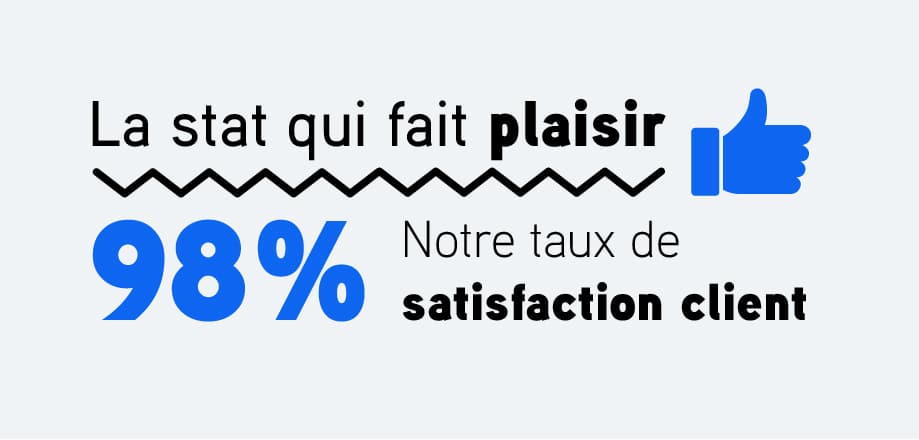Sponsored content has emerged as a pivotal strategy in modern advertising, bridging the gap between traditional advertisements and engaging narratives that resonate with audiences on a deeper level. This type of content not only enhances brand visibility but also builds trust and credibility by integrating seamlessly into the user’s browsing or viewing experience. Here’s everything you need to know about sponsored content, including its definition, benefits, and some illustrative examples.
What is sponsored content ?
Sponsored content refers to any promotional material paid for by an advertiser but created and distributed by another brand, media outlet, or influencer. This content is designed to blend into the surrounding material on a platform, making it less intrusive than conventional ads. It often takes the form of articles, videos, podcasts, or publithings.com/tirer-profit-des-commentaires-instagram-pour-marque » target= »_blank » aria-label= » (opens in a new tab) » rel= »noreferrer noopener » class= »ek-link »>social media posts and is typically marked with tags like “sponsored” or “promoted” to maintain transparency.
How does sponsored content differ from native advertising ?
While both sponsored content and native advertising are designed to blend into their surroundings. Sponsored post is a subset of native advertising that usually involves a deeper collaboration between the advertiser and the content creator. Native advertising might simply match the look and aesthetic of the surrounding content without necessarily involving content creation partnerships.
Benefits of sponsored content
- Enhanced reach: Sponsored post allows brands to reach audiences in environments where they are already engaged and receptive.
- Credibility and trust: By associating with reputable publishers and creators, brands can enhance their credibility and trustworthiness.
- Storytelling: Unlike traditional ads, sponsored content can tell a compelling story that aligns with the brand’s values and the audience’s interests, making it more memorable and effective.
- Flexibility across platforms: Sponsored content can be tailored to fit various platforms, from blogs and online magazines to social media and podcasts, allowing brands to reach users wherever they are.
- Relationship building: This method often leads to long-term partnerships between brands and publishers, benefiting both parties in terms of content richness and audience loyalty.
- Cost-effectiveness: Often, the cost of creating and distributing sponsored post can be lower compared to other advertising forms, especially when factoring in the engagement level it can drive.
Examples of sponsored content
Hot ones & TUMS on YouTube
TUMS sponsored a season of the popular YouTube series « Hot Ones, » known for its celebrity interviews over spicy wings, integrating product placement naturally as a remedy for spicy food.
NowThis & blackRock
Investment firm BlackRock partnered with news outlet NowThis to create a video series on financial well-being, blending educational content with promotional messages.
BuzzFeed & hot heels:
BuzzFeed created a sponsored listicle for Hot Wheels, featuring content that resonated with both BuzzFeed’s style and Hot Wheels’ target demographic, particularly young parents and children.
Taco bell snapchat filter
Taco Bell created a Snapchat filter to celebrate Cinco de Mayo, which became a viral sensation, demonstrating the power of integrating fun, branded content into social media platforms.
Creating effective sponsored post
- Alignment with brand values: Ensure that the content reflects the brand’s ethos and message, which helps in maintaining authenticity.
- Relevance to the audience: The content should add value to the audience’s experience, whether through entertainment, information, or both.
- Transparency: Clearly label the content as sponsored to build trust and comply with advertising standards and regulations.
- Quality over quantity: Focus on creating high-quality content that stands out and positively represents the brand.
- Track and optimize: Use analytics to track the performance of sponsored post and make adjustments to improve engagement and effectiveness.
Ethical considerations
In the realm of sponsored post, ethical considerations play a crucial role in maintaining the trust and loyalty of audiences. First and foremost, transparency is essential. Brands and publishers must clearly label content as sponsored to ensure that audiences are aware they are engaging with promotional material. This honesty not only complies with advertising standards like those set by the Federal Trade Commission in the United States but also fosters trust among consumers.
Moreover, the content itself must avoid misleading audiences. This means that any claims made within the sponsored content should be substantiated, and the presentation should not exaggerate benefits or omit key information that could deceive the viewer. Maintaining the integrity of both the publisher and the brand is also vital. Sponsored content should align with the ethos and values of both parties, ensuring that the collaboration does not damage their reputations or alienate their core audiences.
Measuring the success
To evaluate the success of sponsored content, various metrics and methods can be employed. Engagement rates, such as likes, shares, comments, and time spent on content, are immediate indicators of how compelling the audience finds the material. Conversion metrics are equally important; these might include the number of sales generated, sign-ups completed, or any specific call-to-action responses.
Furthermore, qualitative feedback from the audience through surveys or comment analysis can provide deeper insights into the content’s impact and areas for improvement. Long-term effects are also crucial to consider, such as the enhancement of brand loyalty and brand recognition over time. Analyzing these metrics helps brands and creators refine their strategies and create more effective future content that resonates more profoundly with their target audiences.
Future trends in sponsored content
As technology and consumer behaviors evolve, so too will the strategies around sponsored content. One significant trend is the rise of AI-driven content creation, which can help personalize content at scale, making it more relevant and engaging for individual users. Additionally, as voice search and smart home devices become more prevalent, we can expect to see more sponsored post integrated into voice responses and other new formats.
Changes in consumer behavior, particularly the increasing demand for authenticity and personalized experiences, will drive the evolution of sponsored content. Brands might shift towards more interactive and immersive content, such as augmented reality experiences and live-streamed events, to engage consumers in novel and memorable ways.
Moreover, the platforms for sponsored post will continue to evolve, with a potential increase in decentralized platforms and the use of blockchain technology to ensure transparency and trust. These developments will require brands to continually adapt and innovate in how they craft and distribute sponsored content.
Conclusion
Sponsored content represents a sophisticated approach to modern advertising that prioritizes audience engagement and brand integration. By effectively leveraging this strategy, brands can create meaningful connections with their audiences, enhance their market reach, and build lasting partnerships with content creators. Whether through compelling storytelling or innovative presentation, sponsored content stands as a testament to the evolution of advertisement in the digital age.






